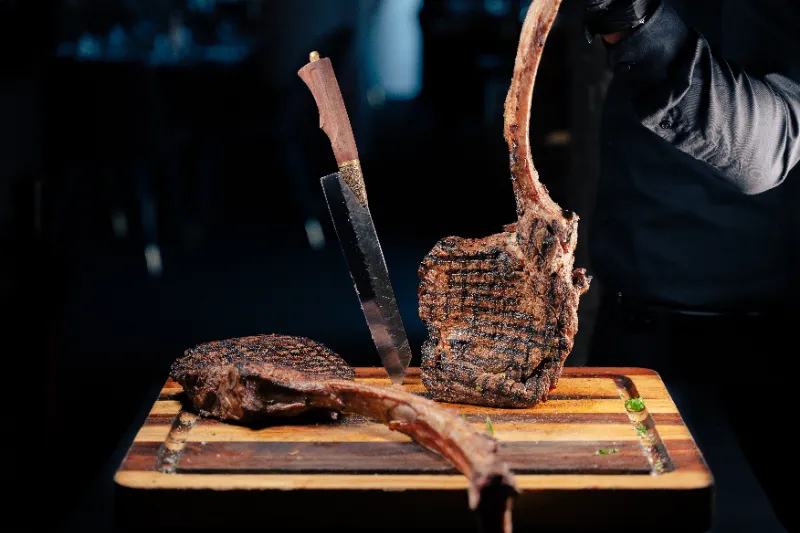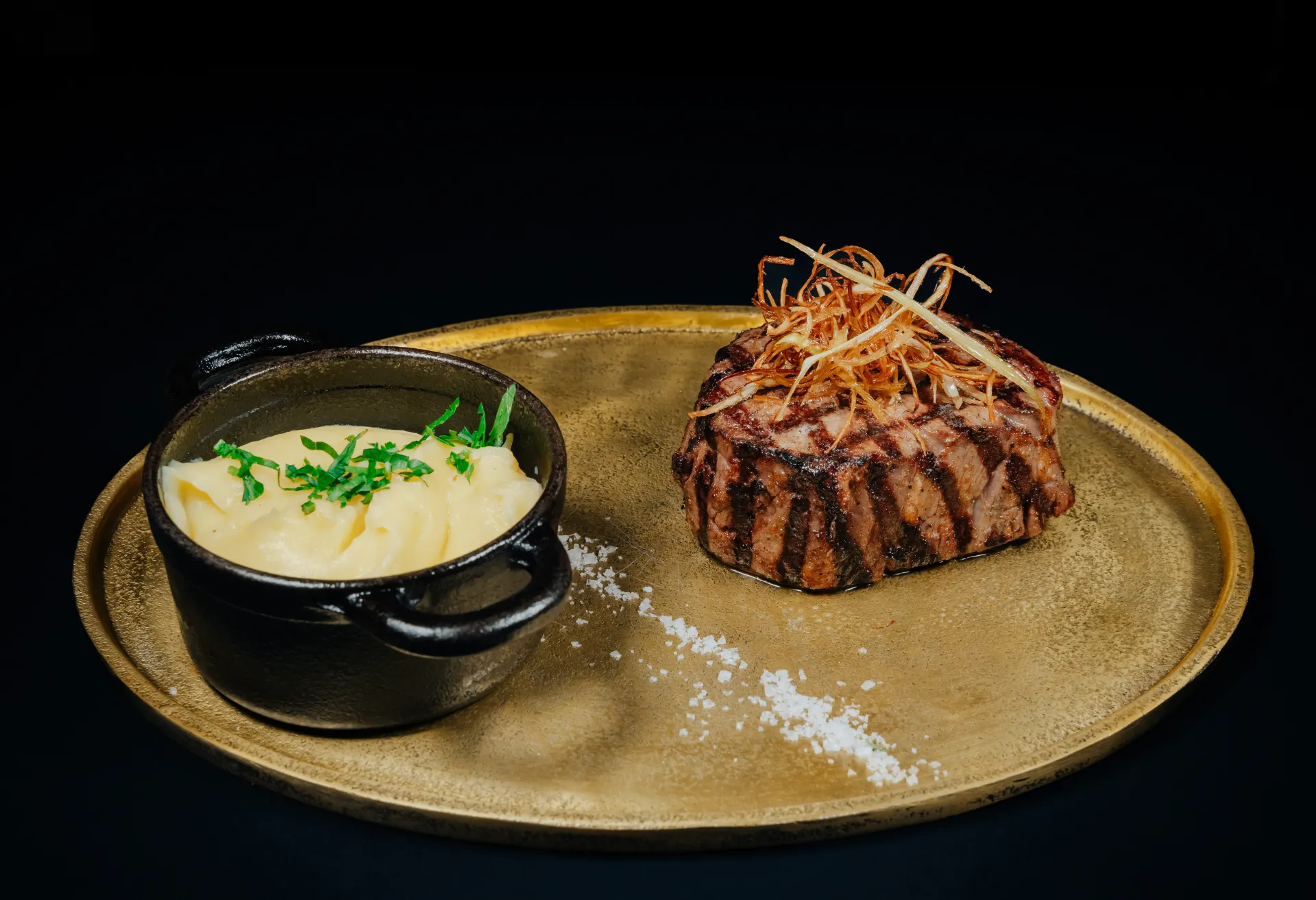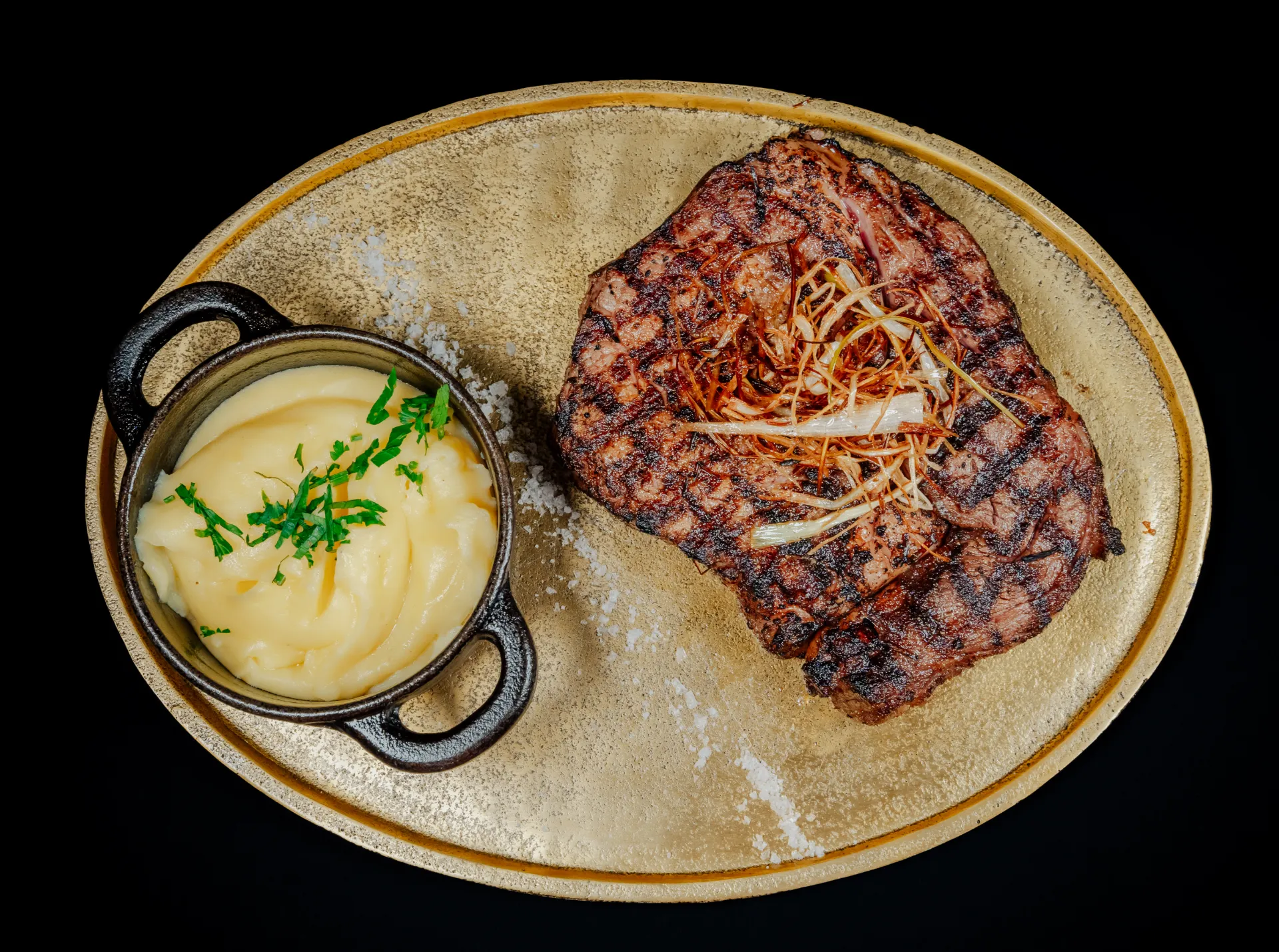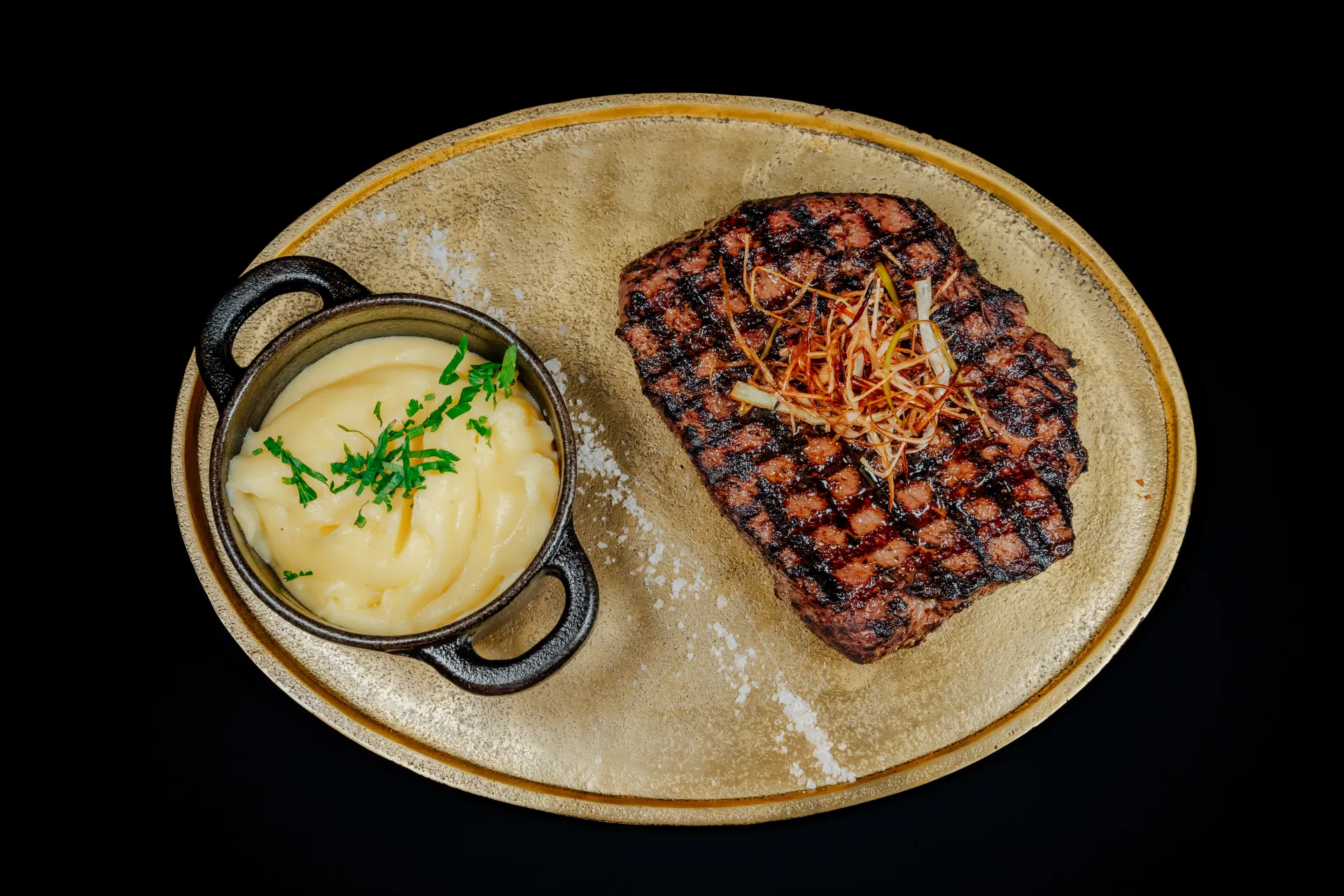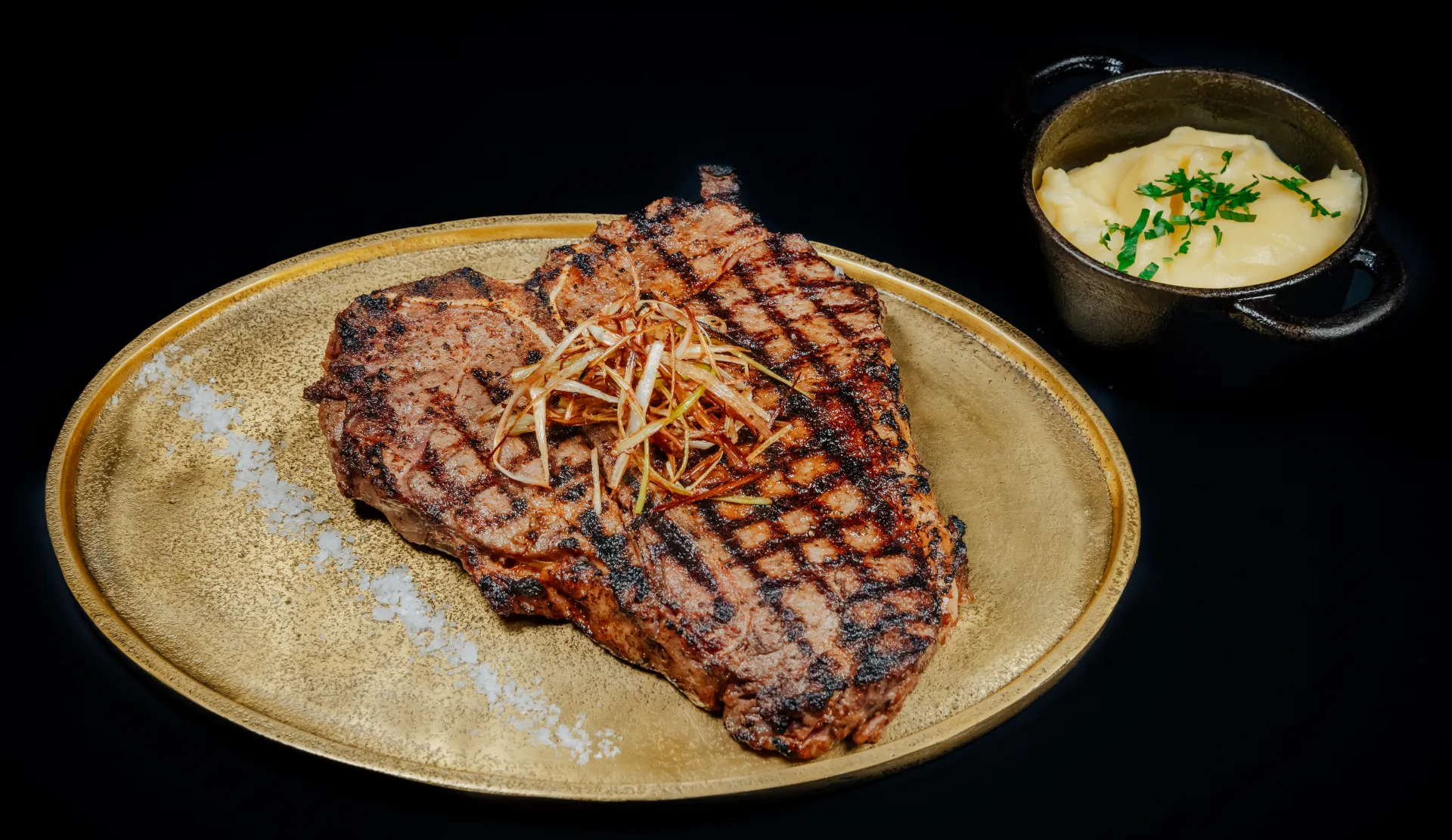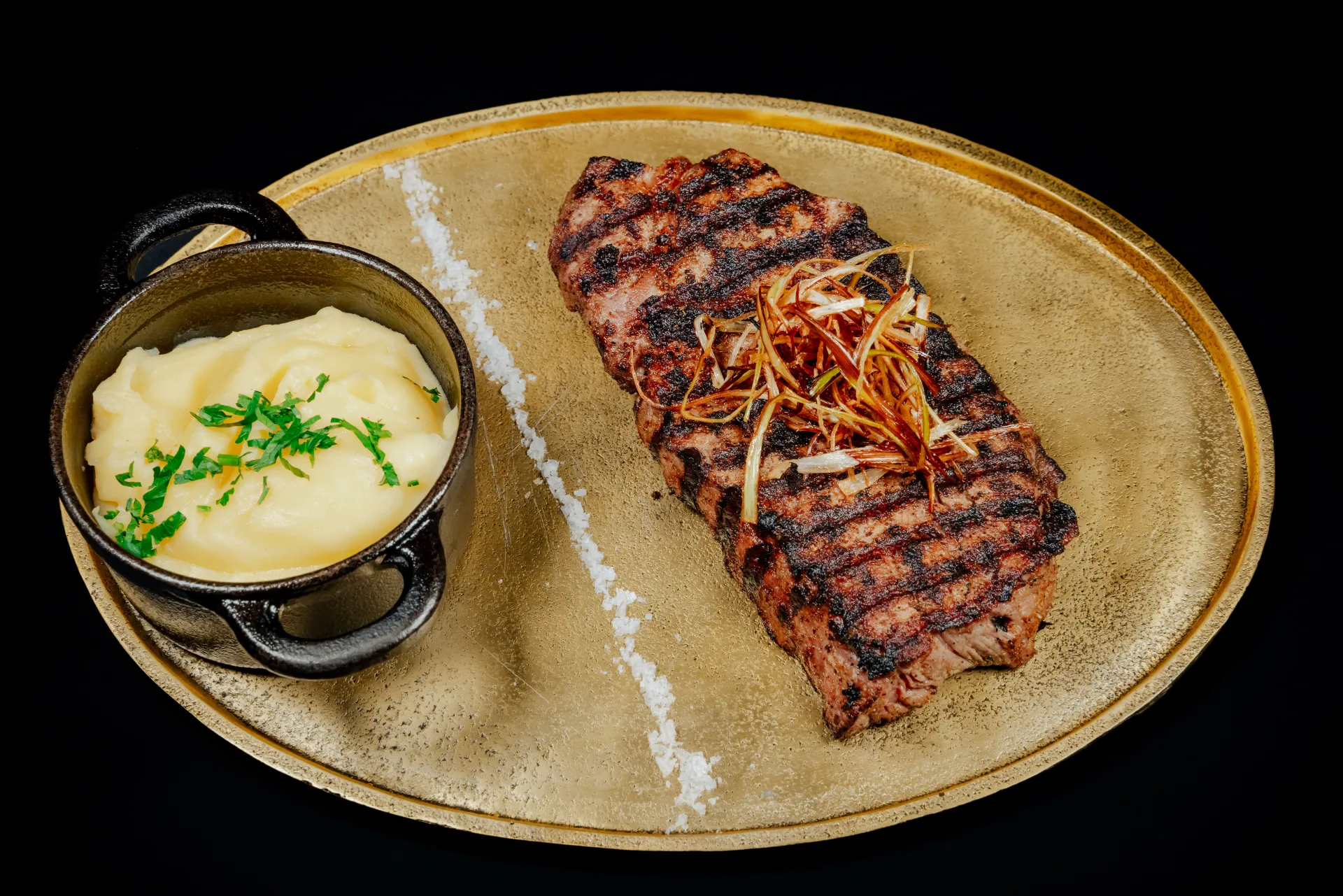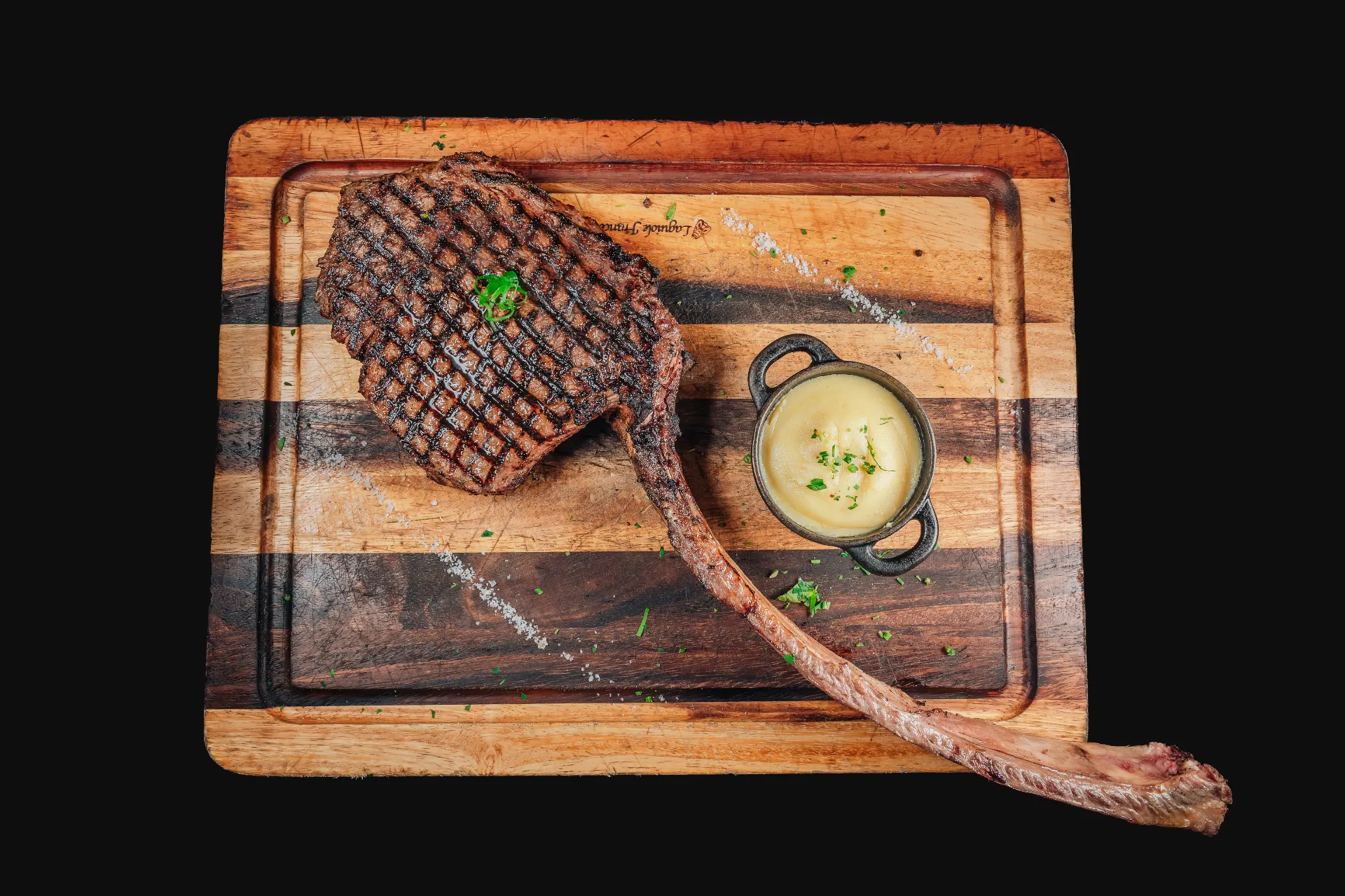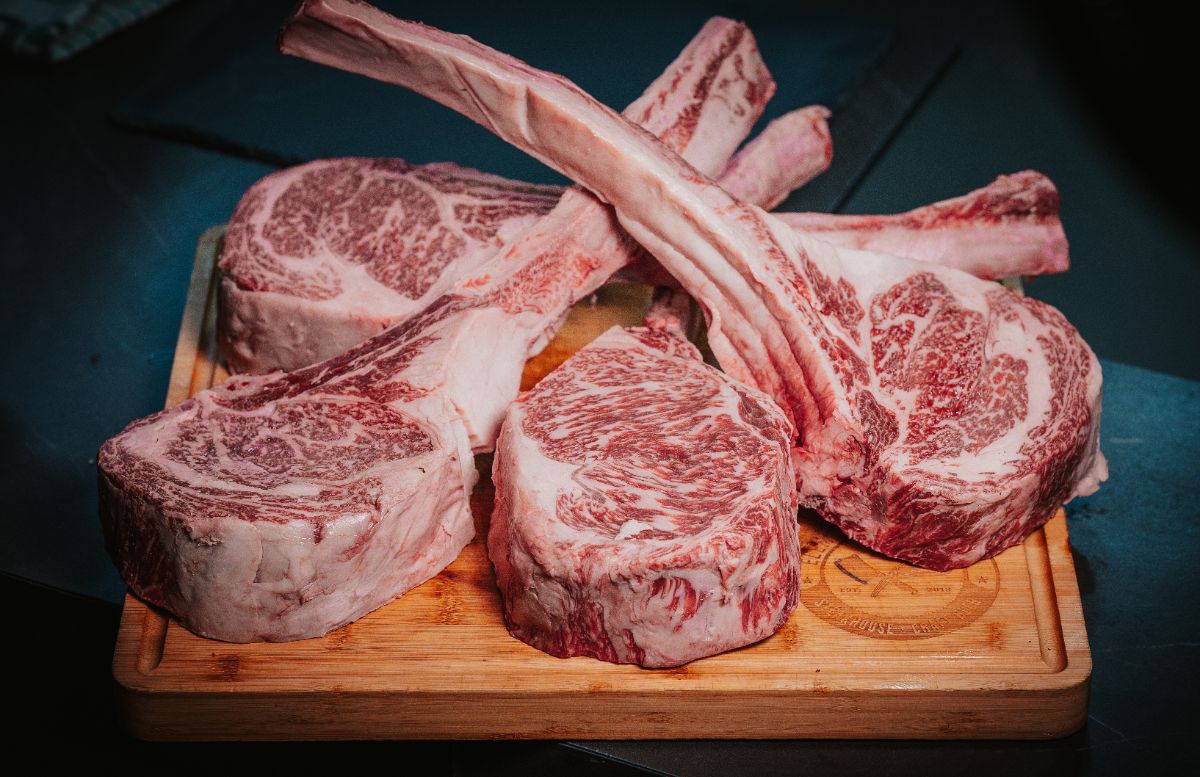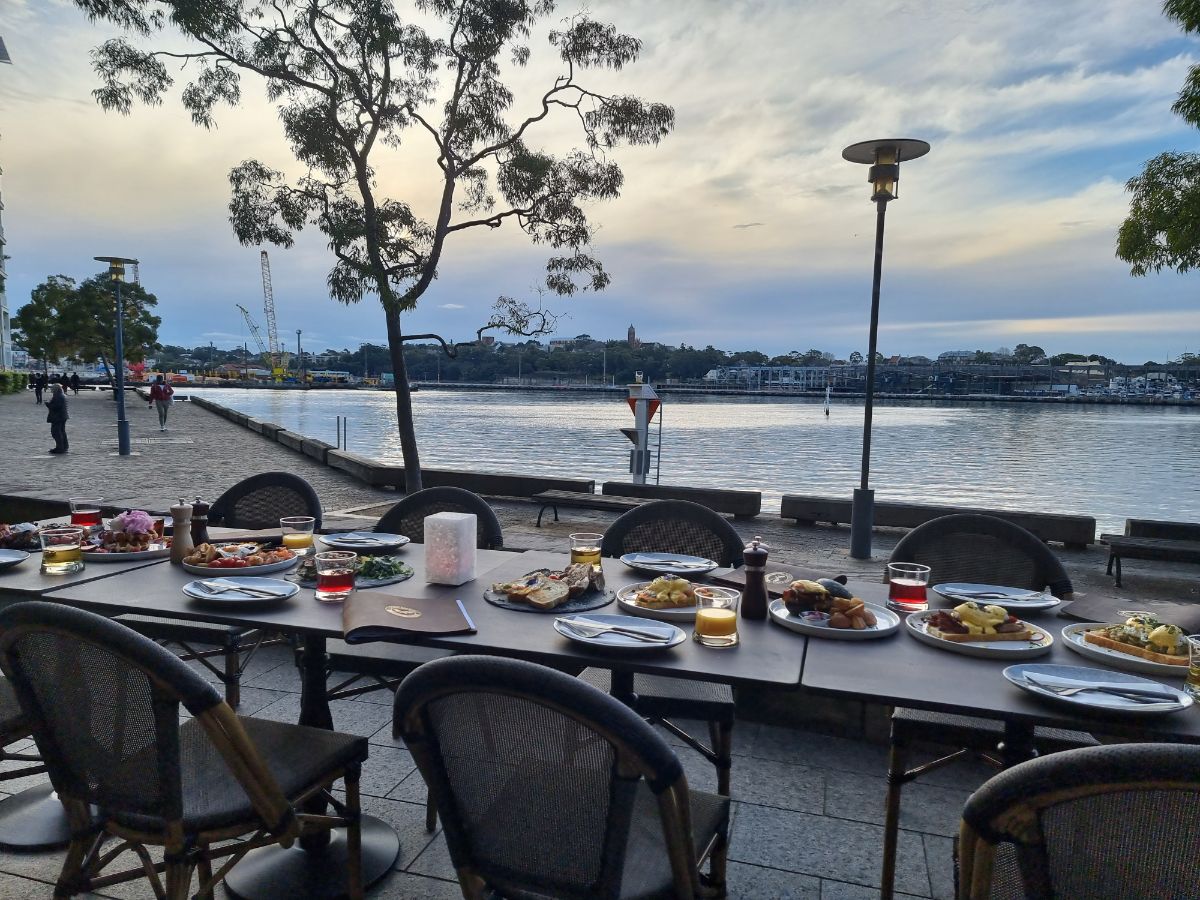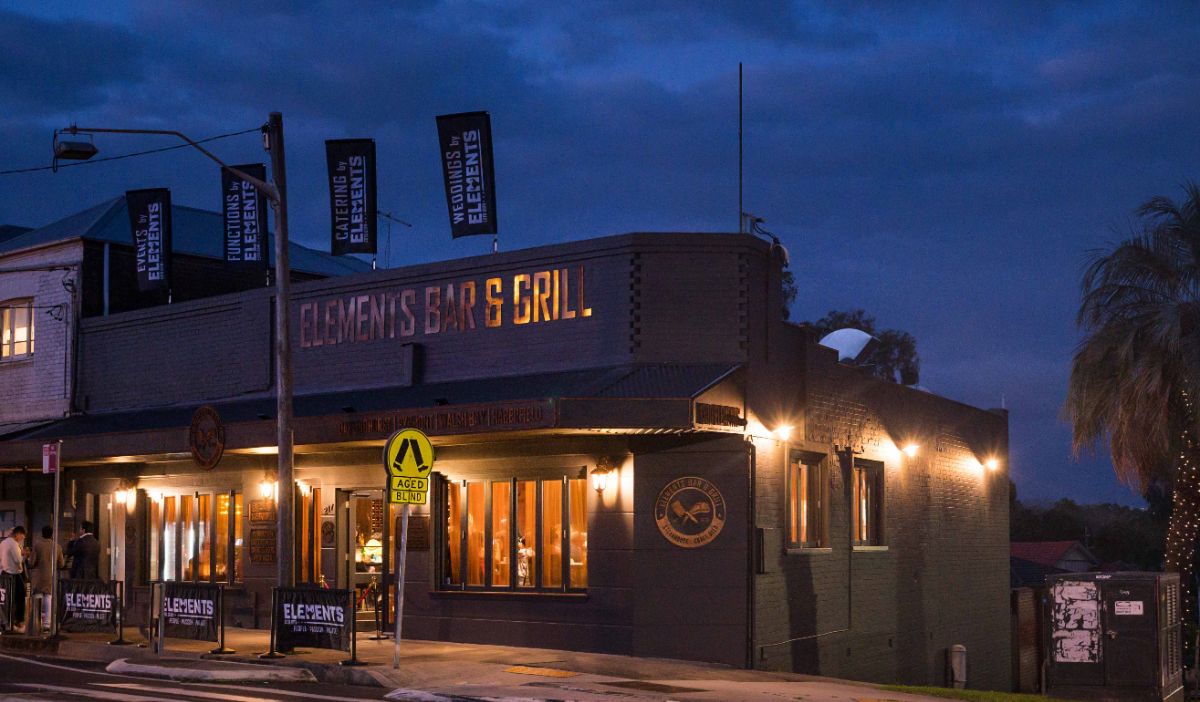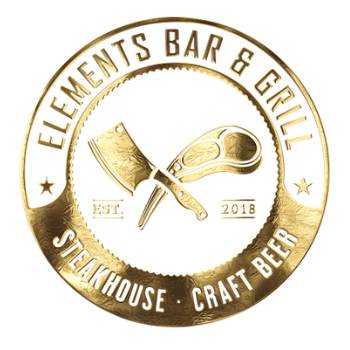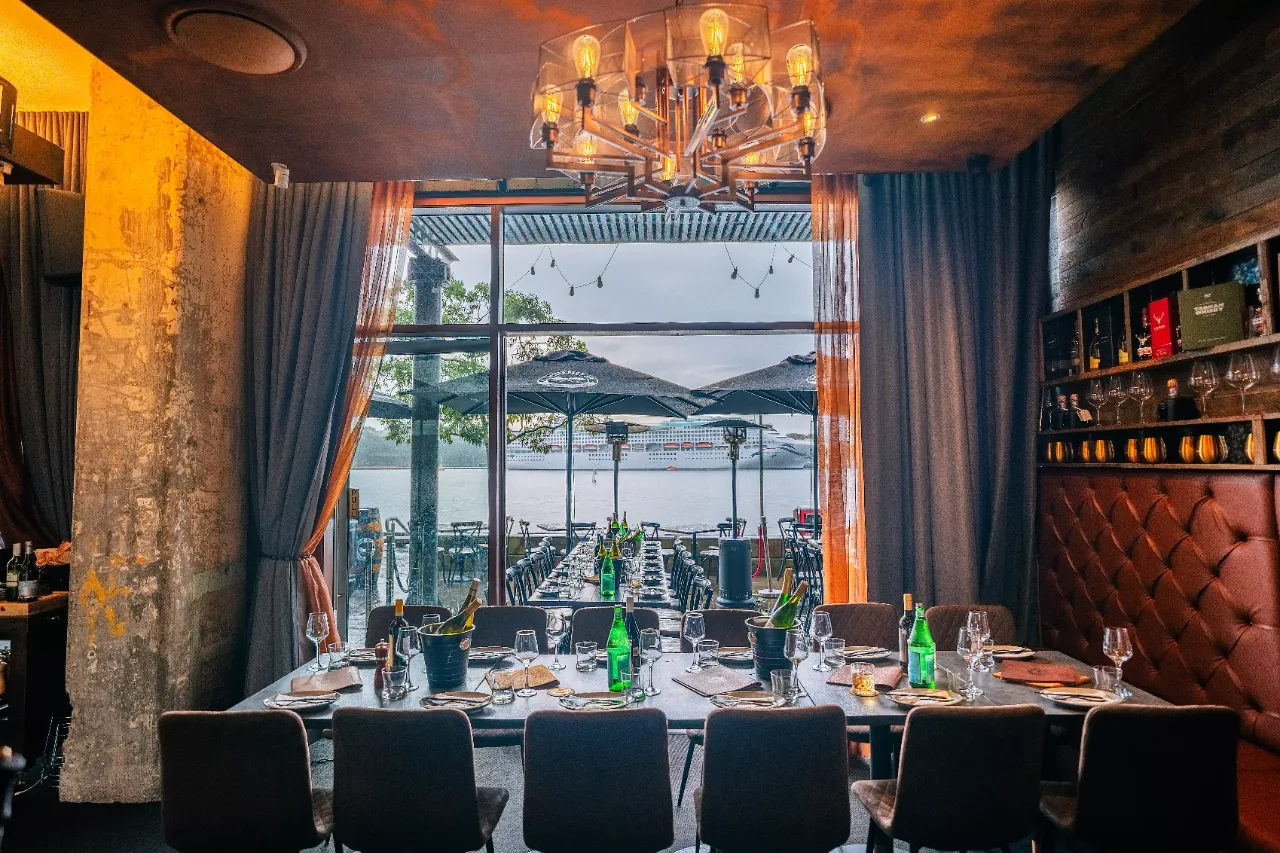Cheap vs Expensive Cuts of Steak: A Restaurant Dining Guide
Choosing between cheaper cuts and more expensive cuts of beef when dining out can be a delightful challenge. Restaurants and steakhouses excel at showcasing every type of steak—from the budget-friendly flat iron and flank steak to the luxurious filet mignon—making it easy for guests to explore a world of flavours. Here’s how these cuts of meat differ and what to consider when planning your next s...
